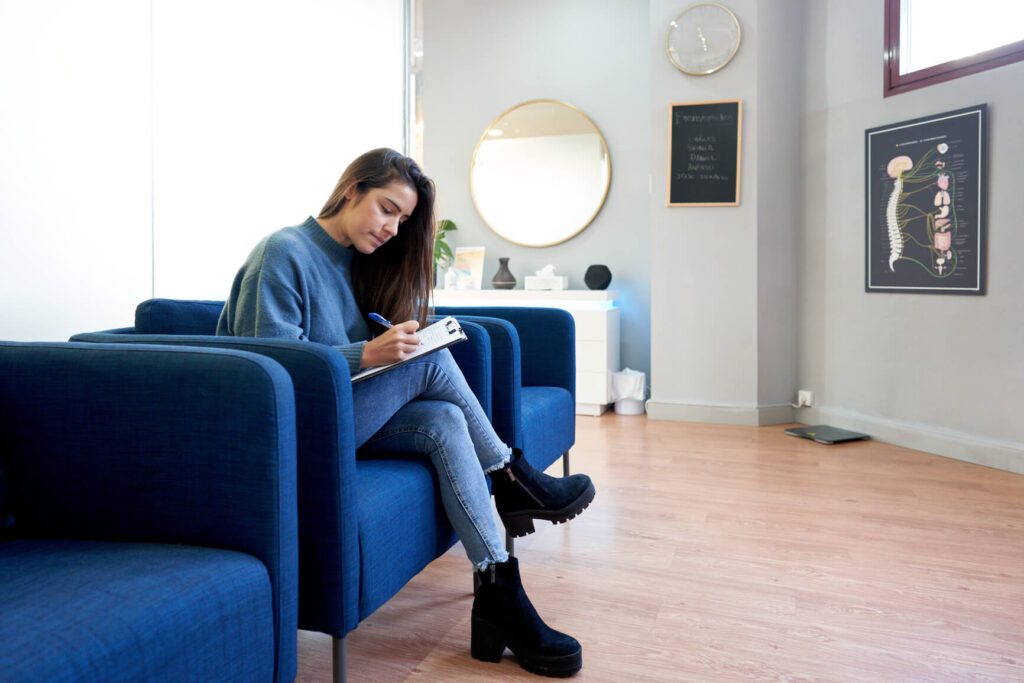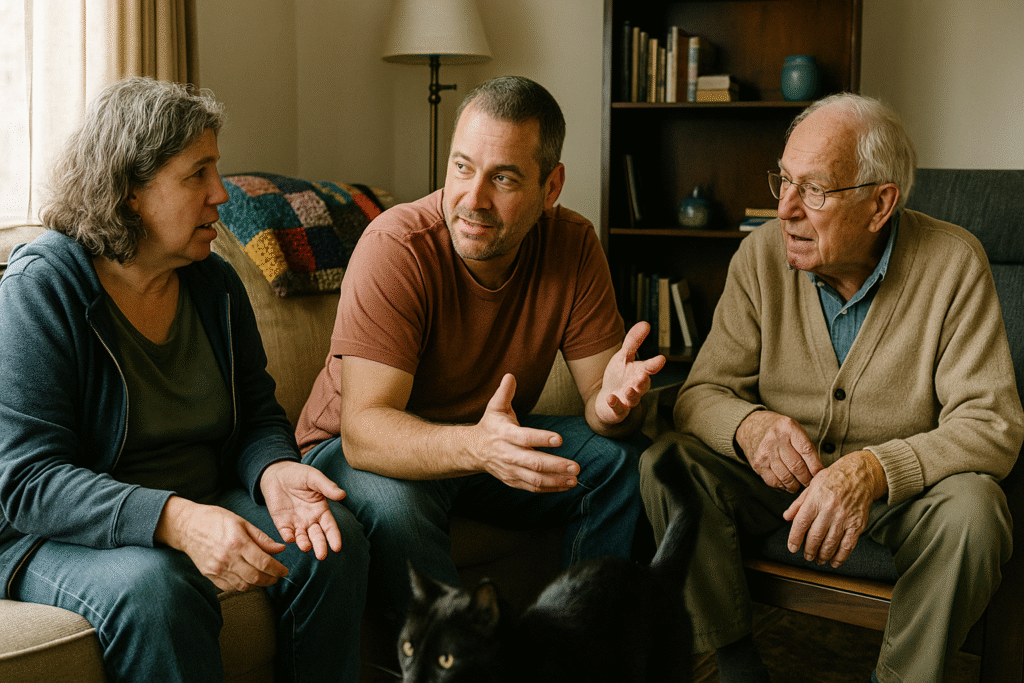Blog Post
Certain young people qualify for a mammogram before they turn 40: Who will tell them?
Color

Breast cancer diagnoses for young people rose in the previous decade. For people in their 30s, diagnoses increased by 19.4% between 2010 and 2019. Still, screening guidelines indicate that people don’t need to worry about getting mammograms until they turn 40.
What’s the disconnect?
People with an average risk for breast cancer are advised to wait until their 40s. However, there are some people who are at increased risk for breast cancer who can (and probably should) get a mammogram or a breast MRI before the age of 40. The key is providing young people accessible tools to know whether or not they are at increased risk to develop cancer.
No, it is not financially or medically advisable to universally screen people under the age of 40 for breast cancer. But yes, it is critical that those who are specifically identified as high-risk have access to earlier screening.
A full-scope cancer screening and prevention program provides people of all ages the education and resources necessary for catching cancer early. Employers who offer healthcare to their employees can greatly support their younger employees—many of whom do not have the financial flexibility to stop work after a diagnosis—by ensuring their company’s cancer strategy is grounded in evidence-based guidelines and sound risk stratification.. For both the employee and the employer, this can save a lot of money and turmoil in the long run. The brunt of cancer costs come from late-stage cancer, which can largely be avoided when cancer is caught earlier.
Education can help people in their 30s know what symptoms to be on the lookout for. Often doctors ignore the possibility that a presenting symptom is cancer in young people because screening guidelines are so clear about the age to start screening. But for those young people who do end up having breast cancer, any delay or sidestepping of a diagnosis can be life-altering.
When it comes to breast cancer, the American Cancer Society recommends keeping an eye out for a handful of symptoms, including lumps, swelling of all or part of a breast (even if no lump is felt), skin dimpling (sometimes looking like an orange peel), breast or nipple pain, and others. No matter your age, getting a mammogram can be daunting. Here’s what the American Cancer Society recommends you do to prepare.
Genetic testing can also provide necessary insight for young people at risk for breast cancer. Those who receive abnormal results on a genetic test may qualify for an early mammogram, covered by insurance.
Because younger people tend to live busy professional lives, and might be raising young children, creating easily accessible screenings is critical as well. Cancer programs that innovate on accessibility (have you heard of “mammo-vans?”) can help people of all ages access the tests they need.
Comprehensive risk assessment protocols—provided by an employer in a health benefits package—can help young people keep their risk in focus. As their health histories (e.g. changes in weight and alcohol consumption), and personal histories (e.g. having children, moving to a new environment, and changing jobs) evolve, easy-to-complete risk assessments can help young people recognize whether they are at high risk for breast cancer.
Getting ahead of a cancer diagnosis is the best way to save money, save lives, and help ensure fewer young people have to endure late-stage cancer.



